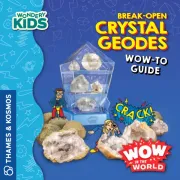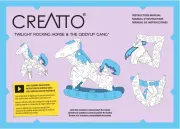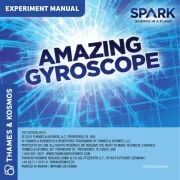Thames & Kosmos Lost Cities: The Board Game Handleiding
Thames & Kosmos
Niet gecategoriseerd
Lost Cities: The Board Game
Bekijk gratis de handleiding van Thames & Kosmos Lost Cities: The Board Game (4 pagina’s), behorend tot de categorie Niet gecategoriseerd. Deze gids werd als nuttig beoordeeld door 7 mensen en kreeg gemiddeld 4.6 sterren uit 4 reviews. Heb je een vraag over Thames & Kosmos Lost Cities: The Board Game of wil je andere gebruikers van dit product iets vragen? Stel een vraag
Pagina 1/4

1
Summary
In this game, each player leads a team of explorers consisting
of four adventurers and one researcher on an expedition to
discover lost cities. There are five lost cities, each found at the
end of a separate path consisting of nine stepping stones. During
your turn, you must play a card to move one of your explorers
(either an adventurer or the researcher) forward along one of the
five paths. The card’s value should be as low as possible because
you can only play a card of equal or greater value in order to
move an explorer forward along the path. The color of the card
determines which path your explorer moves along. How many
explorers you send out is your decision. But each explorer that
you send out must travel along a separate path — explorers from
the same team cannot be on the same path.
Your goal is to move all the explorers you have sent out as far
along the paths as possible because on the first three stepping
stones you score negative points — only the following six
stepping stones earn you positive points. Along the way you can
collect artifacts that will earn you valuable bonus points. The
researcher (the larger explorer piece) is also uniquely valuable:
when scoring takes place, the researcher earns you twice as
many points — reason enough to move him as far along the path
as possible. At the end of the game, the player with the most
points wins!
Game Cont
1 Game board
110 Cards (2 of each card in values from 0 to 10,
in each of the 5 colors)
25 Event tiles
4 Sets of explorer pieces
(5 pieces per color)
Preparing to play
Place the game board in the center
of the table and the victory point
tokens artifact tokens and next to
the board. Each player must choose
an explorer piece color. Take the five
corresponding explorer pieces and
place them in front of you.
Shue the 25 event tiles face down.
Place them in random order face down on the
corresponding spaces of the game board and
then turn them over.
Then shue all 110 cards face down and deal
eight cards per person. Organize the remaining
cards into a face-down draw pile and place
them next to the game board.
9 Artifact
tiles
9 Arrow
tiles
7 Victory
point tiles
1 Researcher4 Adventurers
27 Artifact tokens
Event
tiles
64 Victory point tokens
The Board Game
A game by
Reiner Knizia
for 2–4 players,
ages 10 and up

2
Two-player game rule: Before dealing the cards, draw 30
cards from the deck at random, and return them to the box
face down.
Sequence of Play
The game consists of three expeditions. After each expedition,
scoring takes place. After the third expedition, bonus points for
artifacts collected during the game are awarded.
The oldest player starts the first expedition.
The players take turns in a clockwise order. A turn consists of
two parts, which are performed in the following order:
1) Playing a Card:
Place a card face up in front of you to begin an expedition
down a path, moving your explorer to the first stepping
stone, OR
Place a card face up on one of already your own cards
placed in front of you to go to the next stepping stone on
that path, OR
Discard a card by placing it face up on one of the five discard
piles.
2) Drawing a Card:
Take a card from the face-down draw pile, OR
Take a card from one of the face-up discard piles.
Game Rules in Detail
1. Playing a Card
Beginning an Expedition Down a Path
Choose one of your card colors and place the lowest-value
card of this color face up in front of yourself to begin a new
column. Later, only you may place cards on this card!
Next, choose one of your explorer pieces (adventurer or
researcher). Place it on the -20 stepping stone of the path
which is the as the card you have just played. The same color
value “-20” means that for now this explorer piece earns you
negative 20 points!
Important: When scoring takes place at the end of the
expedition, the researcher earns you twice the number
of points depicted on the stepping stone it is standing
on. However, if the researcher is standing on a stepping stone
with a negative value, the researcher earns twice the negative
value! Note: Each player may only start expedition per one
colored path! However, multiple players may explore paths of
the same color (e.g., three players may each start exploring the
blue path).
Stepping to a New Stone on One of Your Paths
Decide which of your paths you want to explore further.
Choose a card of the path’s color from your hand and place it
face up on the last of the cards of that color that you already
placed in that column. The newly placed card must either be of
the same or higher value! Then move your explorer piece on
this path to the next stepping stone (for example, from the
-20 stepping stone to the -15 stepping stone).
Important: If there is an on the new stone, please event tile
refer to the section Finding an Event Tile on the next page.
When an Explorer Has Already Reached a Lost City:
If one of your explorer pieces has already reached the final
(ninth) stepping stone on a path and you place a (valid) card
of that path’s color, you may move one of your explorer any
pieces one step forward on its path.
Discarding a Card
Cards must be discarded into shared discard piles separated
by card color. Up to five discard piles may be formed during
the course of the game. Only the top card of each discard pile
should be visible. To discard a card from your hand: If a discard
pile of the same card color has already been started, place the
card face up on this pile. If not, place it face up next to the
matching expedition symbol on the game board to start a new
discard pile.
Cards in your
hand
Card played
Discard pile

Note: You will accumulate cards in your hand that are of no
use to you, which is why you may discard them. Let’s say you
start down a path by playing a red “4” card and then move
forward by playing a red “7.” If you then draw a red “3,” you
can’t use it. Discard the card! However, you may want to keep
the card until your opponents can’t make use of it either.
2. Drawing a Card
At the end of your turn, draw a card. You have two options:
Draw the top card from the face-down draw pile, OR
Draw the top card from one of the face-up discard piles.
Now your hand contains eight cards again, and your turn is
complete. The next player in the clockwise direction takes his
or her turn.
Finding an Event Tile
If you move an explorer piece to a stepping stone that contains
an event tile, you must perform the corresponding action
immediately:
Artifact Tile:
Remove the artifact tile from the game board
and place it in front of yourself.
The tile space
remains empty.
Victory Point Tile:
You receive victory point tokens corresponding
to the value indicated on the tile. With victory
points, the researcher does not receive twice as
many points!
Note: The victory point tile remains face up
on its space on the stepping stone and can be
used by subsequent explorers.
Arrow Tile:
You may move
any one
of your explorer pieces
already on any of the paths forward one
stepping stone (unless it is already on the ninth
stepping stone).
Note: The arrow tile
remains
face up in its
space on the stepping stone and can be used
by subsequent explorers.
If the stepping stone you move your explorer piece onto also
contains an event tile, you must perform the action indicated
on this tile as well, and so on.
Example: You place your fourth card, moving your explorer
onto the blue 15 stone. Now, thanks to the arrow tile there,
you can move any one of your explorer pieces already on an
expedition path one stepping stone forward. If you choose to
move to the blue 30 stone, you would immediately receive 15
victory points.
Ending an Expedition and Scoring
An expedition immediately ends when a total of five
explorer pieces have crossed the bridges (between the
sixth and seventh stepping stones). It does not matter on
which expeditions this happens. It is absolutely possible that
on one path two explorer pieces have passed the bridge and
on another path no explorer pieces have passed the bridge.
Note: If the explorer piece that ends the expedition reaches
a stepping stone containing an event tile, the corresponding
action is performed!not
An expedition also ends when the last card of the
face-down draw pile is drawn.
Once the game ends, scoring takes place.
Bridge
Product specificaties
| Merk: | Thames & Kosmos |
| Categorie: | Niet gecategoriseerd |
| Model: | Lost Cities: The Board Game |
Heb je hulp nodig?
Als je hulp nodig hebt met Thames & Kosmos Lost Cities: The Board Game stel dan hieronder een vraag en andere gebruikers zullen je antwoorden
Handleiding Niet gecategoriseerd Thames & Kosmos
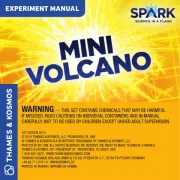
6 Augustus 2025

6 Augustus 2025
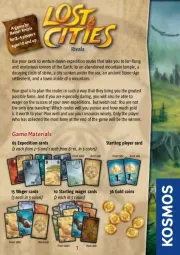
6 Augustus 2025

5 Augustus 2025

5 Augustus 2025
Handleiding Niet gecategoriseerd
- Toshiba
- BIONIK
- Wibrain
- Paladin
- Parkside
- Emga
- Joolz
- Baby Lock
- Mega
- Babymoov
- Kiev
- Icarus Blue
- Adam
- Intermatic
- Ortlieb
Nieuwste handleidingen voor Niet gecategoriseerd
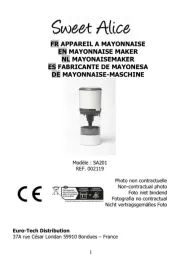
15 September 2025

15 September 2025

15 September 2025

15 September 2025
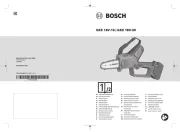
15 September 2025
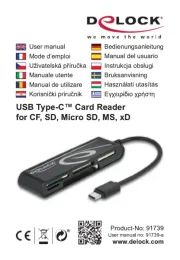
15 September 2025

15 September 2025
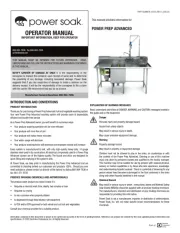
15 September 2025

15 September 2025
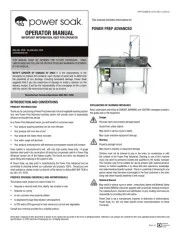
15 September 2025
